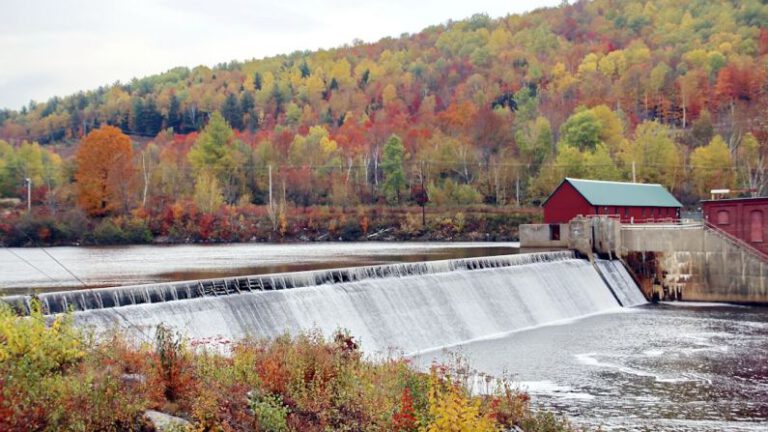How Can Innovative Bridge Designs Improve Urban Connectivity?
In today’s rapidly evolving urban landscapes, the need for efficient and sustainable infrastructure is more crucial than ever. Bridges play a vital role in connecting communities and facilitating the flow of people and goods. Traditional bridge designs have served their purpose well, but as cities grow and transportation demands increase, innovative bridge designs are becoming essential to enhance urban connectivity. By incorporating cutting-edge technologies and creative engineering solutions, these modern bridges are revolutionizing the way we move within cities and shaping the urban environment of the future.
Enhancing Pedestrian Accessibility
One of the key benefits of innovative bridge designs is the improvement of pedestrian accessibility within urban areas. Traditional bridges often prioritize vehicular traffic, leaving pedestrians with limited or unsafe pathways. However, modern bridge designs are placing a greater emphasis on creating pedestrian-friendly spaces that encourage walking and cycling. By integrating features such as wide walkways, dedicated bike lanes, and green spaces, these bridges not only improve connectivity but also promote a healthier and more sustainable lifestyle for urban residents.
Transforming Urban Landscapes
Innovative bridge designs have the power to transform urban landscapes and create iconic landmarks that define a city’s identity. By incorporating unique architectural elements, such as futuristic shapes, bold colors, and sustainable materials, these bridges serve as more than just infrastructure – they become symbols of innovation and progress. Iconic bridges like the Golden Gate Bridge in San Francisco or the Tower Bridge in London not only connect different parts of the city but also attract tourists and contribute to the cultural heritage of the urban environment.
Improving Traffic Flow
Efficient traffic flow is essential for reducing congestion and improving the overall quality of life in urban areas. Innovative bridge designs are addressing this challenge by incorporating smart technologies that optimize traffic flow and enhance safety. Features such as intelligent traffic management systems, real-time monitoring, and dynamic lane configurations are being integrated into modern bridge designs to ensure smooth and efficient movement of vehicles. By reducing travel times and minimizing delays, these bridges help create a more connected and accessible urban environment for residents and visitors alike.
Promoting Sustainability
Sustainability is a key consideration in modern infrastructure projects, and innovative bridge designs are leading the way in promoting environmentally friendly practices. From using recycled materials and energy-efficient lighting to incorporating green spaces and wildlife habitats, these bridges are designed with sustainability in mind. By minimizing environmental impact and reducing carbon emissions, innovative bridges contribute to creating greener and more resilient urban areas. Additionally, some bridges are equipped with renewable energy sources, such as solar panels or wind turbines, further enhancing their sustainability credentials.
Fostering Community Engagement
Innovative bridge designs have the potential to foster community engagement and promote social interaction within urban areas. By creating inviting public spaces, such as observation decks, art installations, or recreational areas, these bridges become more than just transportation links – they become gathering places that bring people together. Community events, cultural performances, and recreational activities can be organized on these bridges, creating opportunities for residents to connect and interact with each other. This sense of community engagement not only enhances the social fabric of the city but also strengthens the bond between residents and their urban environment.
Embracing the Future of Urban Connectivity
As cities continue to grow and evolve, the importance of innovative bridge designs in improving urban connectivity cannot be overstated. These bridges are not just structures that connect one point to another – they are symbols of progress, sustainability, and community. By embracing cutting-edge technologies, creative designs, and sustainable practices, modern bridges are shaping the future of urban connectivity and redefining the way we experience and navigate our cities. In a world where connectivity is key, innovative bridge designs are paving the way for a more connected, accessible, and vibrant urban environment.






